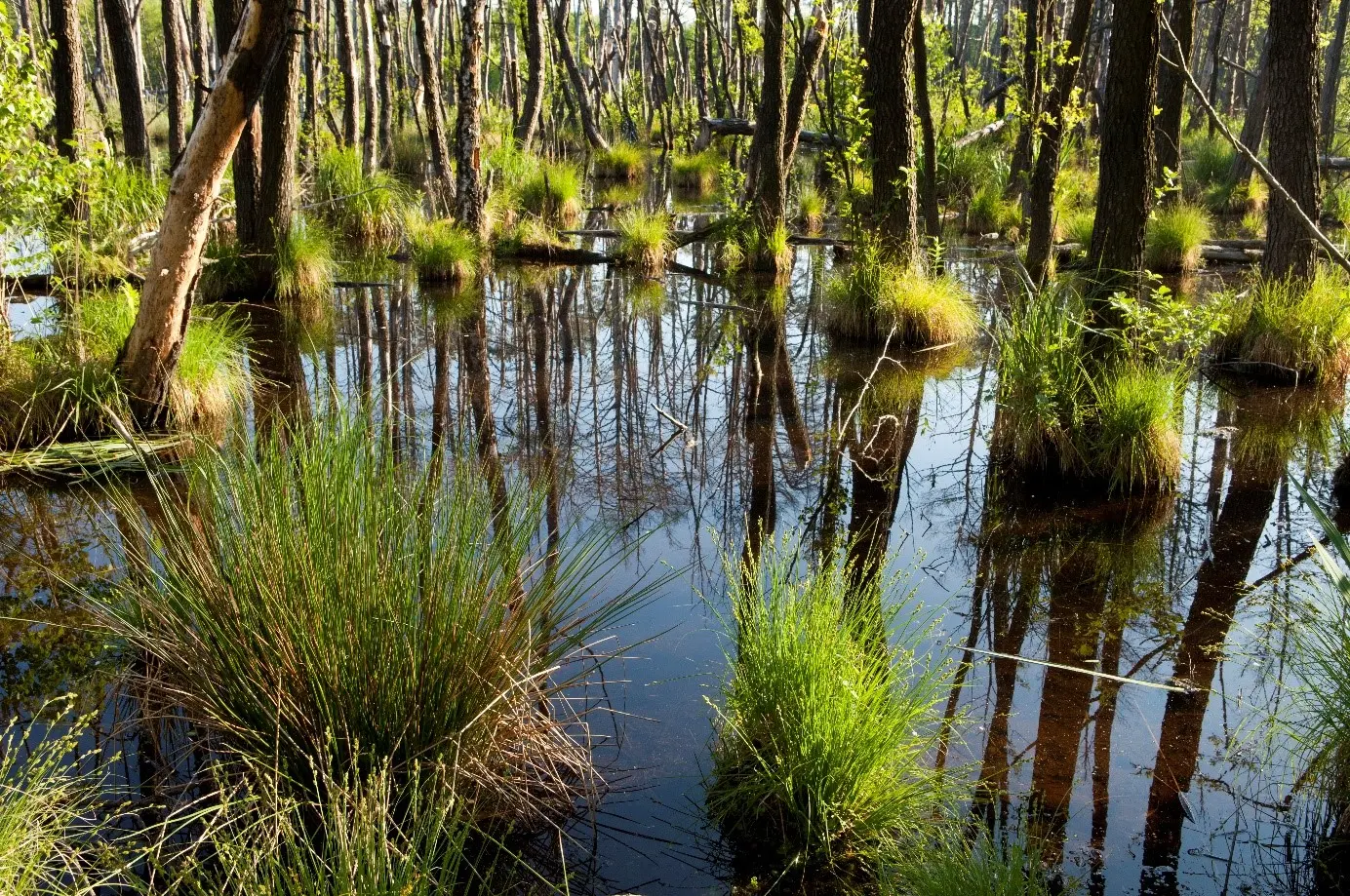Re-connection of river branches of the Danube river in Slovakia
The aim of the activity is to prepare a detailed expert study and technical documentation of measures aimed at revitalizion and reconnection of river branches of the Danube. The study will specify sites and types of measures that will improve the current situation.
The action will directly improve habitat conditions for target fish species (Cottus gobio, Gobio albipinnatus, G. kessleri, Gymnocephalus baloni, G. schraetser, Hucho hucho, Rutilus pigus, Sabanejewia aurata, Zingel streber, Z. zingel) - especially by providing spawning and nursery grounds and an overall increase in habitat diversity and lateral connectivity. In present state, the connectivity of most of the targeted river branch systems with the Danube main course is limited to a relatively short time period of high water levels. Sections of river branches that are disconnected for significant time periods,often dry out. In such conditions, they cannot serve as suitable habitats for fish.
By planning and implementing the measures, a longer period of connection of the side arms to the main channel (improved lateral connectivity) can be expected. Furthermore there will be an increase in the heterogeneity of fish habitats, including spawning and nursery habitats; flow dynamics will be improved, sedimentation and degradation of river branches as well as clogging of the bottom with fine muddy sediments will be reduced, which will lead to an improvement of the groundwater level regime; the flood regime of floodplain forest habitats adjacent to the restored river branches will be improved; there will be the formation of new original habitats (gravel and muddy river banks, steep river banks).
It is expected, that a total area of 1015 ha with occurrence of these target habitats will be improved by the proposed restoration measures – including groundwater levels, flood regime and formation of initial habitats (gravel and muddy banks).
Other positive impacts include increased productivity of fish stock, improved feeding and nesting habitats for birds (e.g. Alcedo atthis, Charadrius dubius, Riparia riparia, Haliaetus albicilla etc) and increased biodiversity.

Restoration of floodplain forests along the Danube river in Slovakia
The aim of the activity is to develop a detailed expert study on the restoration of floodplain forest habitats and also a database of original genetic material of floodplain forests.
The activity is focused on the re-establishment of 60 ha of forest habitats by restoring the original composition of woody plants (by planting 60,000 seedlings of original tree species), as well as removing invasive plant species on an area of 100 ha.
The alluvial forests targeted in Slovakia are generally in a worse state than those in Austria, since the Slovak project areas are not protected as a national park as it is in Austria but only as a Natura 2000 site. This allows the commercial planting of euro-american poplar monocultures on majority of Slovak alluvial forests. As a result of several decades of such practice, the potential for natural rejuvenation (e.g. from sprouts or seed bank) of tree species typical for alluvial forest habitats has been lost in large areas. Moreover, the altered conditions and intensive forestry have led to massive spread of invasive plants, which form dense stands and outcompete young individuals of native tree species. In such conditions, the restoration of target forest habitats must be solved by initiating original tree species composition – including planting of new trees typical for target alluvial forest habitats.
60,000 individual native trees of different species will be planted on 60 ha of alluvial forests. Of this, 20,000 seedlings of disease resistant elm and ash species will be cultivated and prepared by project partner NLC (National Forest Center) from native genetic resources of Danube floodplain forests. These actions will contribute to increase in resilience and tree species genetic diversity in the target forest habitats on long-term. Care for young trees will be provided for three years to prevent damage as a result of game browsing, overgrowing by weeds, climbers, etc. as well as supplementing new trees if needed.
The following rare native tree species arepotential species for planting and are typical for the above mentioned forest habitat types of the targeted area:
Acer platanoides, Alnus glutinosa, Carpinus betulus, Cerasus avium, Fraxinus angustifolia, Fraxinus excelsior, Malus sylvestris, Populus × canescens, Populus alba, Populus nigra, Pyrus pyraster, Quercus robur, Salix alba, Salix fragilis, Tilia cordata, Ulmus laevis, Ulmus minor (listed in alphabetical order).
Shortlink: lifelines-danube.eu
#LifelinesDanube on facebook | twitter | instagram | linkedin
DEUTSCHE WEBSITE | STRÁNKA V SLOVENČINE | ENGLISH WEBSITE
